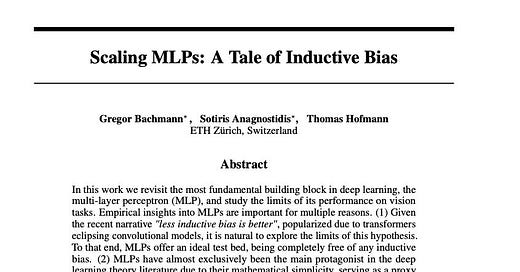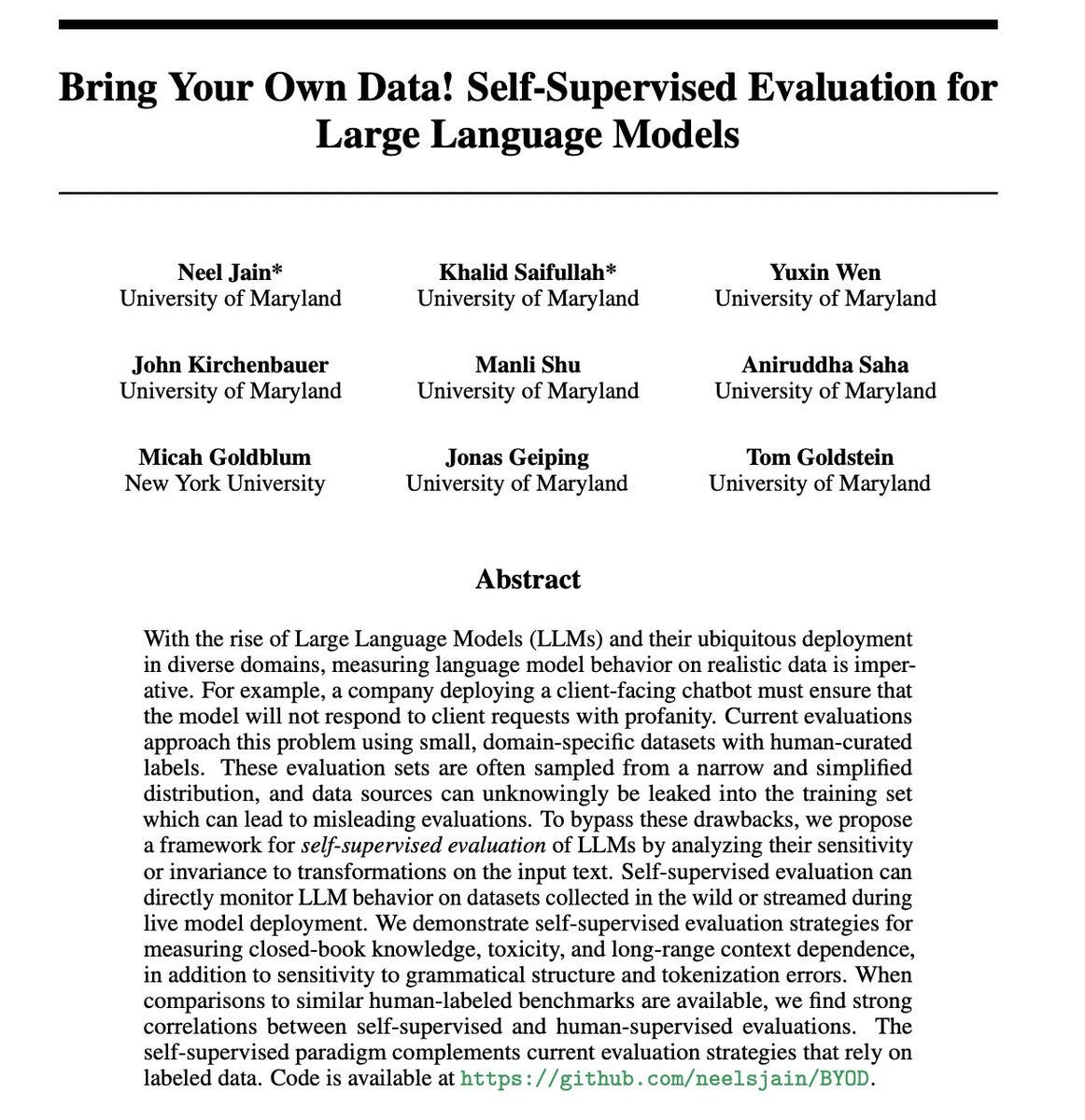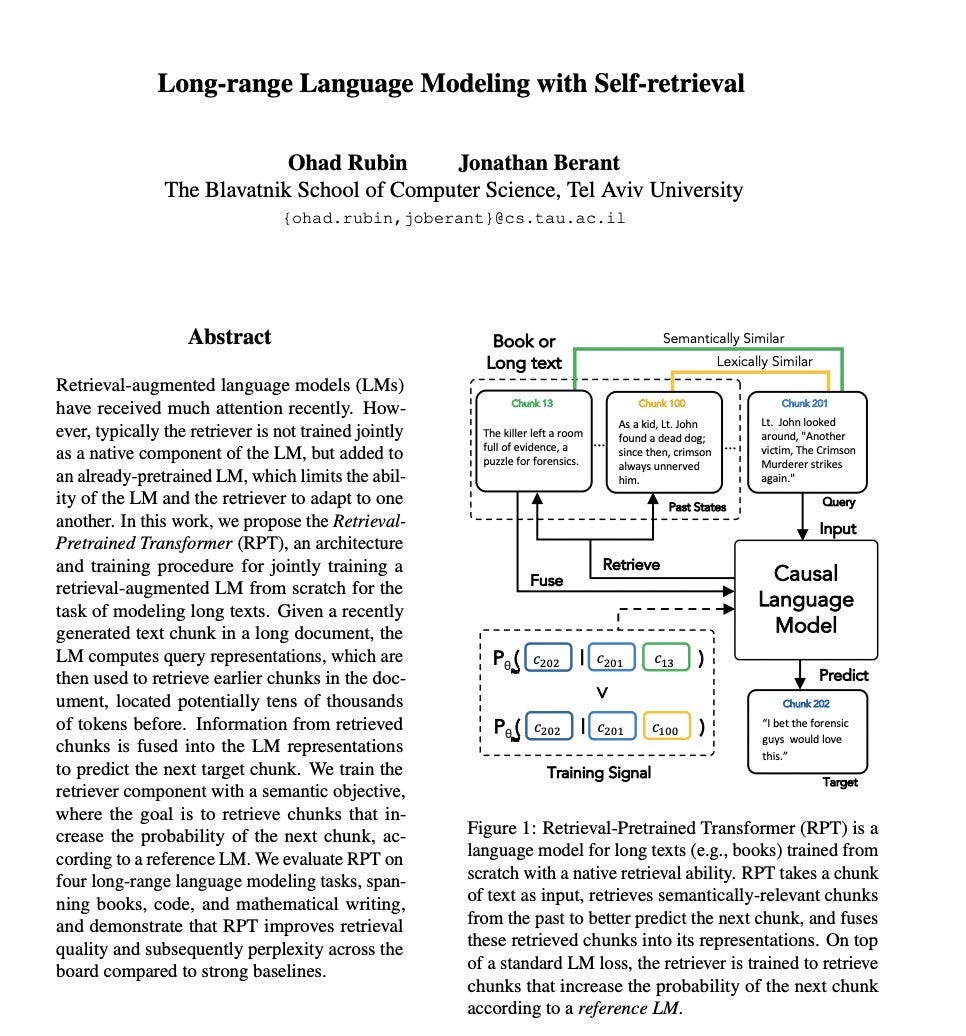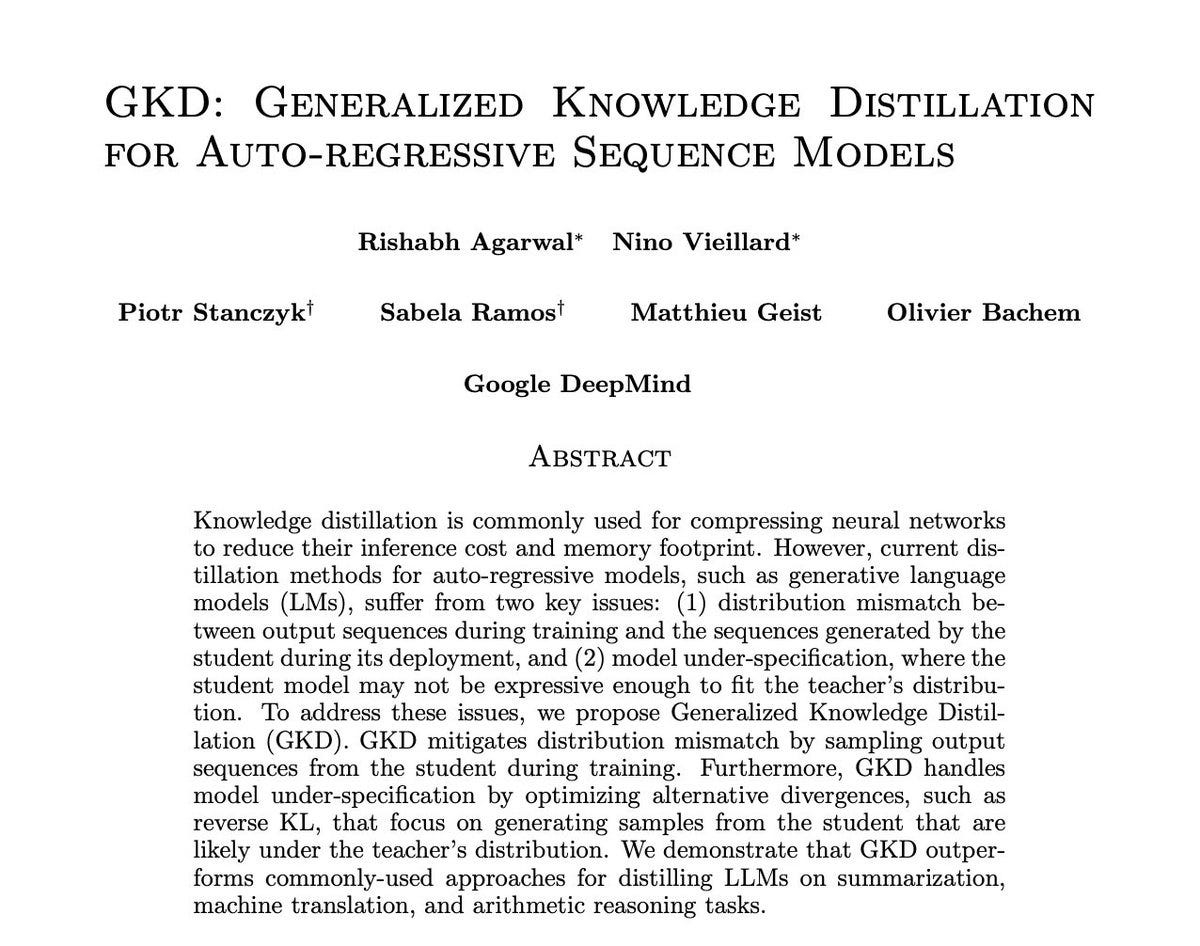AI news stories
Databricks Strikes $1.3 Billion Deal for Generative AI Startup MosaicML
As the generative AI craze rages on, Ramp acquires customer support startup Cohere.io
AI papers
Scaling MLPs: A Tale of Inductive Bias
paper page: https://huggingface.co/papers/2306.13575
abstract: In this work we revisit the most fundamental building block in deep learning, the multi-layer perceptron (MLP), and study the limits of its performance on vision tasks. Empirical insights into MLPs are important for multiple reasons. (1) Given the recent narrative "less inductive bias is better", popularized due to transformers eclipsing convolutional models, it is natural to explore the limits of this hypothesis. To that end, MLPs offer an ideal test bed, being completely free of any inductive bias. (2) MLPs have almost exclusively been the main protagonist in the deep learning theory literature due to their mathematical simplicity, serving as a proxy to explain empirical phenomena observed for more complex architectures. Surprisingly, experimental datapoints for MLPs are very difficult to find in the literature, especially when coupled with large pre-training protocols. This discrepancy between practice and theory is worrying: Do MLPs reflect the empirical advances exhibited by practical models? Or do theorists need to rethink the role of MLPs as a proxy? We provide insights into both these aspects. We show that the performance of MLPs drastically improves with scale (93% on CIFAR10, 79% on CIFAR100, 69% on TinyImageNet), highlighting that lack of inductive bias can indeed be compensated. We observe that MLPs mimic the behaviour of their modern counterparts faithfully, with some components in the learning setting however surprisingly exhibiting stronger or unexpected behaviours. Due to their inherent computational efficiency, large pre-training experiments become more accessible for academic researchers. All of our experiments were run on a single GPU.
Bring Your Own Data! Self-Supervised Evaluation for Large Language Models
paper page: https://huggingface.co/papers/2306.13651
abstract: With the rise of Large Language Models (LLMs) and their ubiquitous deployment in diverse domains, measuring language model behavior on realistic data is imperative. For example, a company deploying a client-facing chatbot must ensure that the model will not respond to client requests with profanity. Current evaluations approach this problem using small, domain-specific datasets with human-curated labels. These evaluation sets are often sampled from a narrow and simplified distribution, and data sources can unknowingly be leaked into the training set which can lead to misleading evaluations. To bypass these drawbacks, we propose a framework for self-supervised evaluation of LLMs by analyzing their sensitivity or invariance to transformations on the input text. Self-supervised evaluation can directly monitor LLM behavior on datasets collected in the wild or streamed during live model deployment. We demonstrate self-supervised evaluation strategies for measuring closed-book knowledge, toxicity, and long-range context dependence, in addition to sensitivity to grammatical structure and tokenization errors. When comparisons to similar human-labeled benchmarks are available, we find strong correlations between self-supervised and human-supervised evaluations. The self-supervised paradigm complements current evaluation strategies that rely on labeled data.
DreamEditor: Text-Driven 3D Scene Editing with Neural Fields
paper page: https://huggingface.co/papers/2306.13455
abstract: Neural fields have achieved impressive advancements in view synthesis and scene reconstruction. However, editing these neural fields remains challenging due to the implicit encoding of geometry and texture information. In this paper, we propose DreamEditor, a novel framework that enables users to perform controlled editing of neural fields using text prompts. By representing scenes as mesh-based neural fields, DreamEditor allows localized editing within specific regions. DreamEditor utilizes the text encoder of a pretrained text-to-Image diffusion model to automatically identify the regions to be edited based on the semantics of the text prompts. Subsequently, DreamEditor optimizes the editing region and aligns its geometry and texture with the text prompts through score distillation sampling [29]. Extensive experiments have demonstrated that DreamEditor can accurately edit neural fields of real-world scenes according to the given text prompts while ensuring consistency in irrelevant areas. DreamEditor generates highly realistic textures and geometry, significantly surpassing previous works in both quantitative and qualitative evaluations.
Long-range Language Modeling with Self-retrieval
paper page: https://huggingface.co/papers/2306.13421
abstract: Retrieval-augmented language models (LMs) have received much attention recently. However, typically the retriever is not trained jointly as a native component of the LM, but added to an already-pretrained LM, which limits the ability of the LM and the retriever to adapt to one another. In this work, we propose the Retrieval-Pretrained Transformer (RPT), an architecture and training procedure for jointly training a retrieval-augmented LM from scratch for the task of modeling long texts. Given a recently generated text chunk in a long document, the LM computes query representations, which are then used to retrieve earlier chunks in the document, located potentially tens of thousands of tokens before. Information from retrieved chunks is fused into the LM representations to predict the next target chunk. We train the retriever component with a semantic objective, where the goal is to retrieve chunks that increase the probability of the next chunk, according to a reference LM. We evaluate RPT on four long-range language modeling tasks, spanning books, code, and mathematical writing, and demonstrate that RPT improves retrieval quality and subsequently perplexity across the board compared to strong baselines.
GKD: Generalized Knowledge Distillation for Auto-regressive Sequence Models
paper page: https://huggingface.co/papers/2306.13649
abstract: Knowledge distillation is commonly used for compressing neural networks to reduce their inference cost and memory footprint. However, current distillation methods for auto-regressive models, such as generative language models (LMs), suffer from two key issues: (1) distribution mismatch between output sequences during training and the sequences generated by the student during its deployment, and (2) model under-specification, where the student model may not be expressive enough to fit the teacher's distribution. To address these issues, we propose Generalized Knowledge Distillation (GKD). GKD mitigates distribution mismatch by sampling output sequences from the student during training. Furthermore, GKD handles model under-specification by optimizing alternative divergences, such as reverse KL, that focus on generating samples from the student that are likely under the teacher's distribution. We demonstrate that GKD outperforms commonly-used approaches for distilling LLMs on summarization, machine translation, and arithmetic reasoning tasks.








